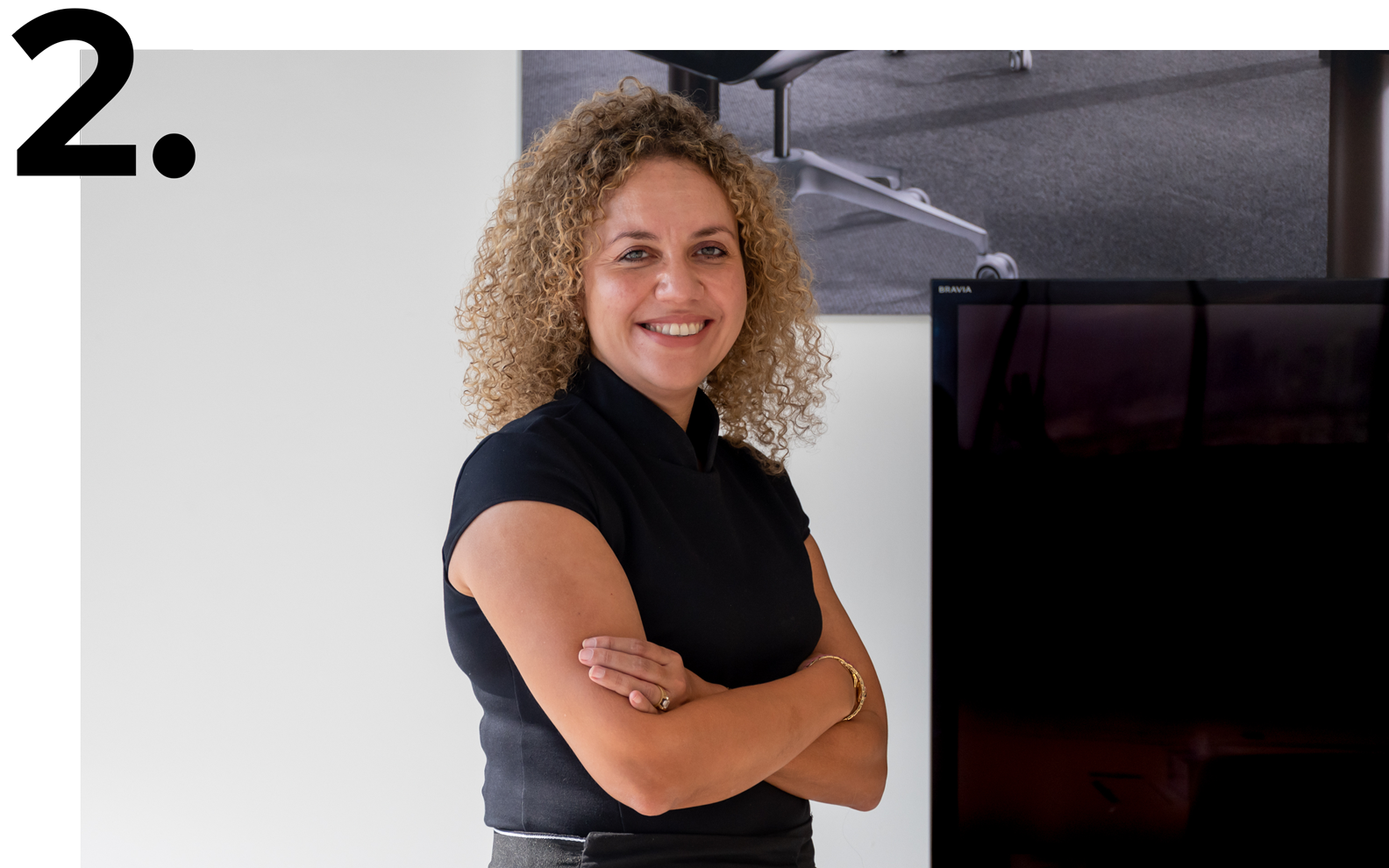NATALIE STEPHESON
Partner at Carter Stephenson Quinn (CSQ)
Experience in the field: 15 years
A lot of people in the industry think that project managers just move papers around, sit around a table and run through the processes. Fundamentally, we are really there to manage the team and stakeholders, make sure the project is completed to deadline, manage resources, and really stay on budget. What I always say to clients is that we are the conductors of the orchestra, not the actual orchestra.
What are the many roles that project managers have to undertake, particularly in this region?
It’s a bit of every role, really. Clients will want our opinion on the premises that they are considering, they ask us to review the leases, what their statement liability would be, understand the local statutory requirements, A&D, engineers, commercial design… absolutely everything! We do have enough knowledge on what is needed to complete a successful project, but obviously we don’t have the specialism in all aspects and disciplines. So going back to our core skill, we don’t know absolutely every skill, but we understand the bigger picture and don’t get distracted in the details, allowing the engineers and consultants to focus on moving forward within their niches.
What is the value that a project manager brings to a project?
The value of a PM is to ensure that each project is delivered to program, to quality and to time. While the fee of the PM is very minimal, the cost of our fee will actually come off of the project because we will make sure the project will actually be delivered on time, saving the client on the prolongation fee. Also we make sure that the client gets best value for money with regards to the quality of contractors, making sure that it’s been competitively tendered, that every detail, scope and BOQ in place and there is no variation. Without a project manager, there is typically a shortfall in the quality, particularly if you go down the design and build route, and you can go over time and over budget. So, in essence, having a PM on board will actually help you save money.
So what happens to a project that does not have a PM on board? Where it can potentially fail?
Depending on if you’re going down the D&B route, the client may have signed up for a specific look and feel, but the contractor may substitute materials on site for something inferior in quality. Sometimes the program extends way over what was originally anticipated, because they haven’t factored in the landlord’s approvals, statutory authority requirements. Costs can run high because there may not have been any detailed scope, no bill of quantities, and overall program delays.
And what is the most challenging aspect of this role?
Here in the UAE, what we regularly face are unrealistic deadlines and budgets from the client. Clients want mid to high end build at mid to low end cost. This has become quite common here, especially over the last three years because tenants started reducing their budgets.
Another challenge is when clients start making design changes on site, without understanding the implications of that change once the furniture has been ordered and the contractor is on site. This is a fairly common occurrence.
At times, clients also tend to have their preferred contractors and subcontractors, who may or may not have the requisite experience for that particular project, but we still have to work with that nominated consultant or subcontractor to ensure that they can actually deliver the project.
What is the relationship between a PM and a client vs the perception?
The perception is that we are the client representative on every project is quite true, really. We are there to help and guide the client to make the right choices, and to ensure that the project sticks to program and to budget. And fundamentally, that the project meets the expectations of the client. We also are there to filter information to make sure that the necessary aspects are conveyed to the client in a clear way in order to not cause any confusion. Part of the role is to also be able to highlight any issues and deliver that information to the client in a manner that does not cause panic or confusion. However, we are really there to represent all parties and remain impartial to the process, to make sure everyone is treated fairly. It is in everyone’s best interest to make sure the project is completed on time.
How do you see your role evolving in the future?
There is a lot more technology on board now, so we’re constantly learning new skills. I don’t think the role of the PM would inherently change, just that technology will continue to develop to assist project managers and enable them to become more efficient at what they do.







